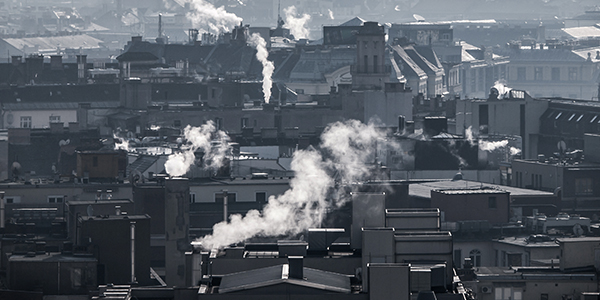
20 Sep Environmental Justice Law Basics for Property Owners and Investors
Reading Time: 3 minutesIf you own or are considering purchasing property in an “overburdened community,” you must now comply with New Jersey’s new environmental justice law if you wish to develop or redevelop that property. This article explains the basics of the new law and provides guidance on how to successfully navigate a potentially complex process to avoid disruption of your project.
What is an Overburdened Community?
On September 18, 2020, New Jersey Governor Phil Murphy signed Environmental Justice Senate Bill S232 into law. In essence, this law requires that the New Jersey Department of Environmental Protection (NJDEP) evaluate permit requests within overburdened communities and only grant permits after determining that disproportional and/or cumulative impacts to these communities will not occur as a result of the proposed project.
New Jersey defines an Overburdened Community (OBC) as any census block group, as determined in accordance with the most recent United States Census, in which:
- at least 35 percent of the households qualify as low-income households (at or below twice the poverty threshold as determined by the United States Census Bureau);
- at least 40 percent of the residents identify as minority or as members of a State recognized tribal community; or
- at least 40 percent of the households have limited English proficiency (without an adult that speaks English “very well” according to the United States Census Bureau).
Using these criteria, New Jersey has determined that OBCs exist in 3,180 block groups in 331 different communities within the state.
Does Your Property Lie Within an Overburdened Community?
The easiest way to check if your property (or one that you wish to purchase) lies within an OBC is to check the NJDEP Environmental Justice Overburdened Communities map. It is no surprise that many towns like Newark, Trenton, Paterson, Atlantic City, etc. have many OBCs. And even towns perceived to be in more affluent areas have a few census tracts that meet OBC criteria and are thus on the list. Therefore, if you want to sell or purchase a commercial or industrial property, you must determine if the subject property resides in an OBC, as this may affect the sale price and the sales strategy you adopt with your broker.
First Things First: Hire an Environmental Attorney
While there are many elements of an environmental justice project that must be performed by a knowledgeable and skilled environmental consultant, there are also many aspects that will require legal savvy and finesse. Therefore, your first task should be to identify and retain an attorney who is well-versed in the new environmental justice law and is well-known and well-respected in the township in which the property is located. It will also be helpful to become familiar with and visible within prominent community-centered non-profit circles relating to environmental justice causes.
The Environmental Justice Impact Statement
Assuming your project involves one of the eight types of covered facilities, you will have to prepare an Environmental Justice Impact Statement (EJIS). According to the NJDEP, the EJIS will need to “assess the potential environmental and public health stressors associated with the proposed new or expanded facility, or with the existing major source, as applicable, including any adverse environmental or public health stressors that cannot be avoided if the permit is granted, and the environmental or public health stressors already borne by the overburdened community as a result of existing conditions located in or affecting the overburdened community.” (Emphasis per NJDEP.)
An impact statement of this nature will require considerable time to research and prepare. This is an example of the type of compliance activity you can begin to examine in advance of making final development/redevelopment decisions.
NJDEP Environmental Justice Permitting
Permit requirements can be extensive and must be examined up front as well. Acquisition of permits should be postponed until you are certain that your project is feasible and permittable within the confines of the Environmental Justice process.
Are Existing Facilities Grandfathered?
In a word, no. If an existing facility is located in an OBC and the owner wants to expand, or if a major source permit comes up for renewal, then the permit applicant is required to prepare an EJIS and may be subject to the imposition of additional conditions depending on the findings of the impact statement.
ESA cannot emphasize enough how important it is to get out in front of your environmental justice project. Compliance requirements will vary depending on the location and nature of your facility. It is vital to your project that you retain a qualified environmental attorney, a well-connected team of real estate and land use attorneys, and, of course, a highly skilled and experienced environmental consultant.



